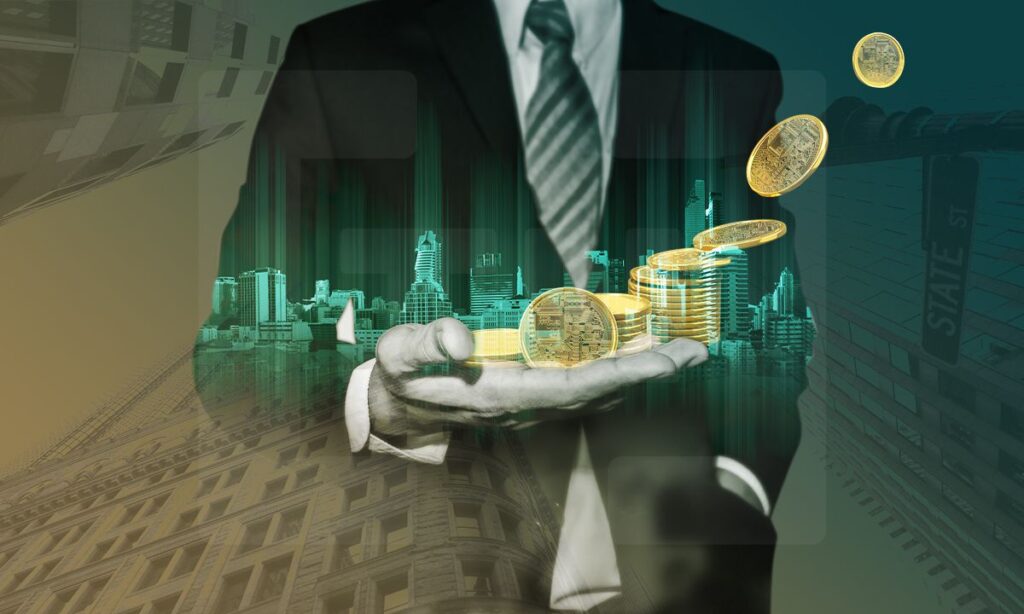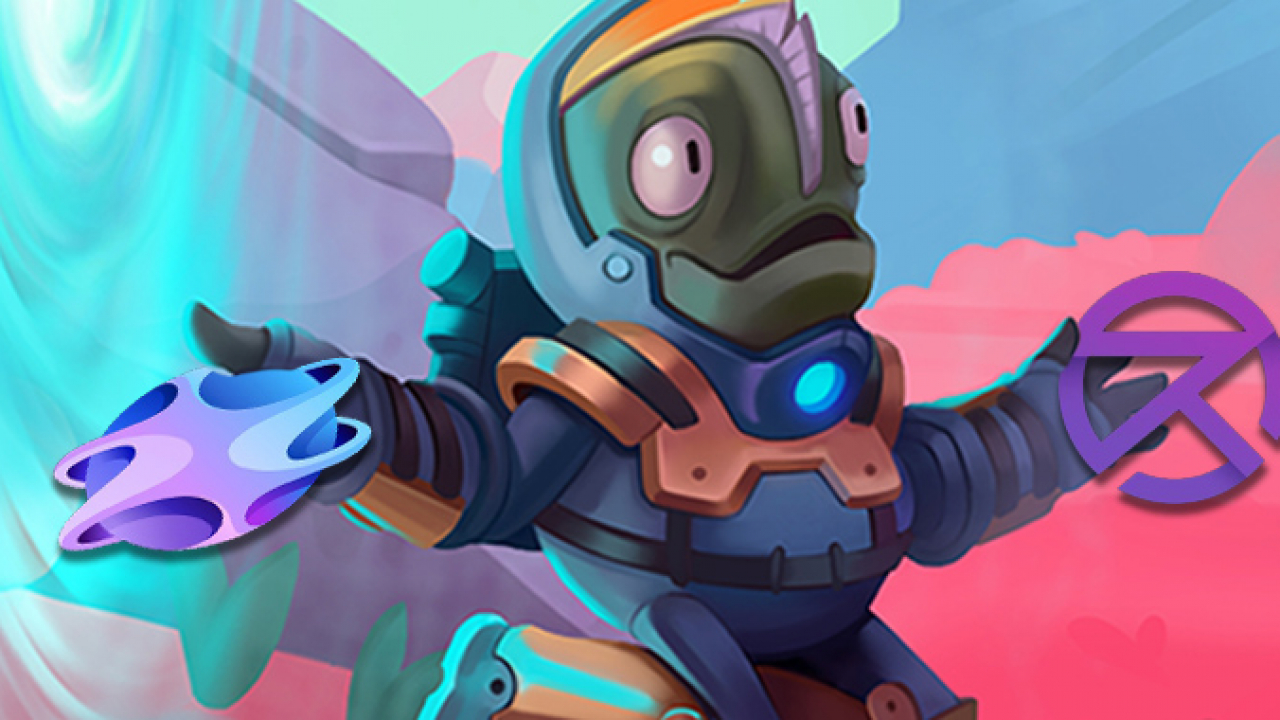The digital world has been swamped by non-fungible tokens. Nyan Cat, a flying cat with a Pop-Tarts body that creates a rainbow trail, sold for $580K, while Mike Winkelmann’s NFT-based artwork “Everyday: the First 5000 Days” sold for a staggering $69 million. Take a moment to consider how much you know about NFT. Most likely, you’re simply skimming the surface. Also, they probably had no idea that there was NFT play to gain games.
People that cherish authenticity and individuality will undoubtedly benefit from having an NFT. Did you know, however, that a plethora of gaming businesses are releasing best play to earn games that enable you to turn your gaming skills into cryptocurrency? Indeed, a gaming company recently obtained $60 million in funding just for the development of an NFT gaming platform.
Nonetheless, don’t go into something like NFT without first understanding how it works. Here’s a breakdown of the current state of NFT gaming if you’re interested in expanding your assets via gaming and want to learn more about NFTs in general. Learn more about generating an income stream from play to earn games.
What Does “Incombustible” Really Mean?
A fungible item is one that may easily be swapped for another of its kind. A fungible asset is something like a dollar. When you and a friend trade a dollar, there is no loss of value; the transaction is equal. It makes no difference whether you hand the cashier a dollar from your wallet or a dollar from your pocket when you pay for your morning coffee. It doesn’t matter whose bill is in question. Dollars and other fungible assets may be exchanged for other fungible assets at any time.
A non-fungible item is a painting like the Mona Lisa. Even if someone were to paint an exact reproduction of the Mona Lisa, it would not be comparable to the original. Nobody will pay tens of thousands of dollars for a carbon copy. Because of its one-of-a-kind character, the Mona Lisa is non-fungible, adding to its value. While the Mona Lisa may still be exchanged for money or another piece of art, it cannot be exchanged for cash or other fungible assets. There is no other Mona Lisa like the original, and there is no NFT like another NFT.
What Is an NFT, Exactly?
A non-fungible token (NFT) is a cryptocurrency that can’t be immediately swapped for another asset on the blockchain. NFTs may be used to represent nearly anything, including creative artwork, music, in-game objects, and more. In compared to cryptocurrencies and other digital assets, they are distinctive. You obtain the original asset as well as proof of ownership when you buy or earn an NFT. You may transfer ownership to the buyer in an organized and efficient way when you sell or trade the NFT.
NFTs tend to attract collectors due to their one-of-a-kind character. NFT collectors often buy and trade NFTs on a number of specialized online marketplaces and platforms. Many NFT play to earn games allow players to earn NFTs using a play-to-earn mechanism, and some websites operate as online marketplaces for the buying and selling of NFTs. While some fans buy NFTs for the sake of having a connection to the underlying asset, many others buy NFTs or participate in play to gain games in order to profit.
Sellers profit by purchasing NFTs at a bargain and reselling them at a premium, just like any other asset. However, since no one can predict the direction of any one NFT, buying one is not a certain way to earn. To prevent making a bad purchase and losing money while buying and selling NFTs, it is necessary to keep a close watch on current market conditions.

The Importance of Blockchain in NFTs
In the case of NFTs, blockchain technology allows the general public to track their ownership with pinpoint accuracy. Every user may see who has bought and sold the NFT, who owns it now, when each transaction took place, and how much money was spent on each transaction.
The public ledger system also allows owners to prove that they have a genuine NFT. When a person sells an NFT, the blockchain confirms the ownership of the buyer. Buyers may be certain that they are obtaining genuine items since other users can view all transactions going back to the first sale. As a consequence, blockchain technology minimizes the risk of acquiring a counterfeit NFT substantially.
What Are (NFT) and How Do They Work?
Smart contracts are used to predetermine the game’s core dynamics, which are stored on the blockchain, in NFT online play to earn games. NFT players often collect, trade, and interact with NFTs, as well as having a working knowledge of each NFT’s perceived market price, which fluctuates daily.
NFT play to earn games, in contrast to traditional video games, allow gamers to earn real-world virtual items. In the grand scheme of things, these earn-to-play games reward players with tokens and NFTs for accomplishing activities according to the game’s rules. In any case, the awards are often ERC20 tokens, which may be exchanged on cryptocurrency exchanges. The ability for players to acquire unique NFTs that represent collectible things is what truly sets NFT play to earn games apart.

What Are Earn-As-You-Play Games and How Do They Work?
For completing in-game tasks, most play to earn games reward players with NFTs or cryptocurrencies. The more time a player spends playing, the more money he or she may earn. The possibility for players to earn or lose NFTs is included into the gaming mechanics of certain play to earn games. Action-adventure, strategy, and multiplayer online battle arena play to earn games, as well as sandbox games, are all examples of play to earn games.
In Axie Infinity, for example, users compete to collect, nurture, breed, trade, and battle Axie creatures in order to obtain ERC20 Smooth Love Potion (SLP) tokens, similar to the Pokémon game. Simultaneously, users may earn NFTs in-game, which represent the act of gathering commodities whose value is dictated by their utility and rarity.
CryptoBlades (SKILL) is another example, which allows users to develop NFTs for use in games or for trading on the market. Simultaneously, gamers may earn SKILL tokens by defeating enemies and then stake them for annual percentage payouts to triple their gains (APYs). Earned tokens will have an instant value once liquidity is introduced. As a consequence, these play to earn games encourage players to keep their cryptos, hence enhancing the tokens’ utility.


